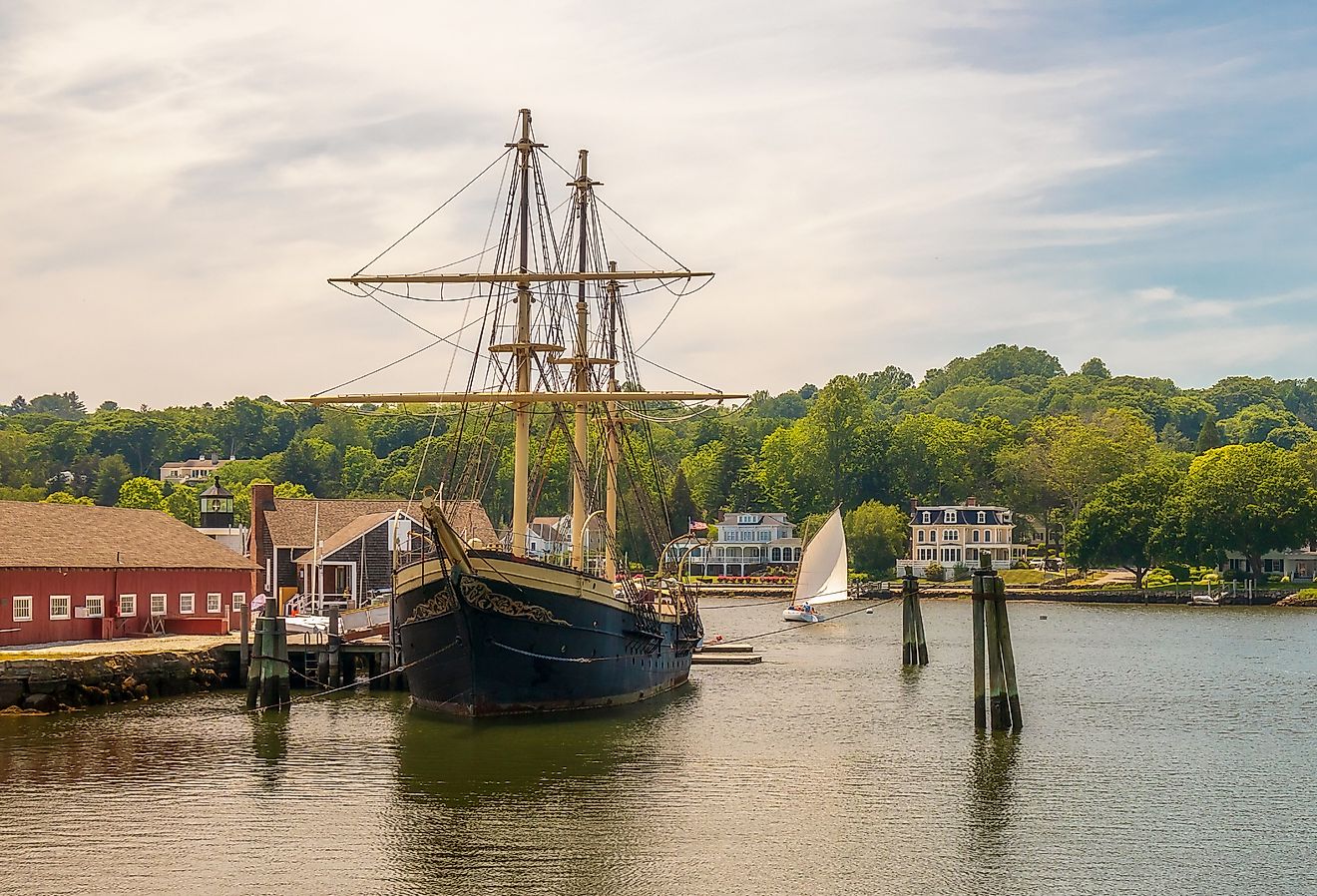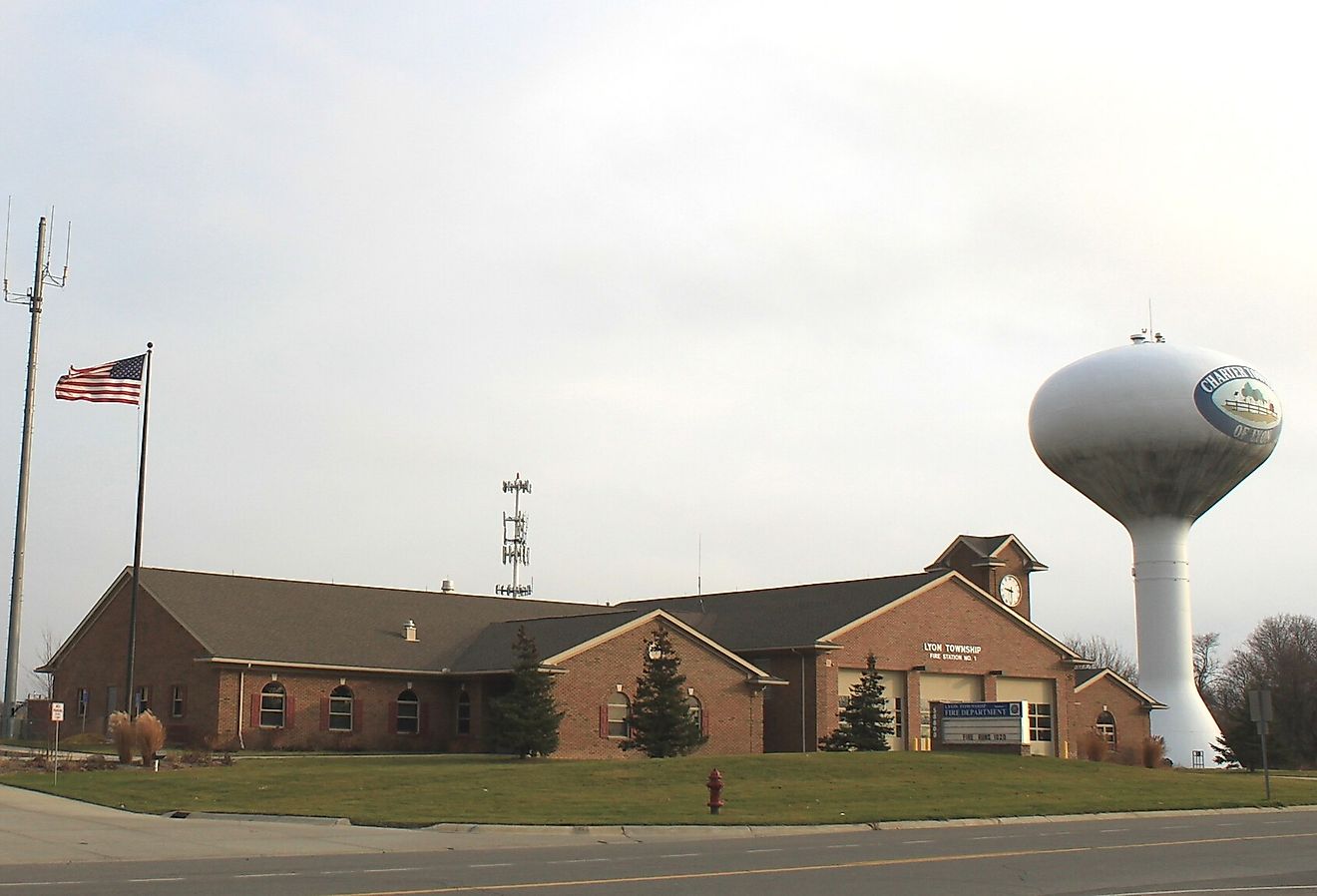UNESCO World Heritage Sites In Norway

Norway's heritage is embodied by traditional Arctic island ways of life, old churches, mines, factories, and fjords. The Vegaøyan preserves a way of life that existed in an inhospitable landscape for more than 1500 years. The Urnes Stave Church, constructed in 1130 and 1350 and the following changes and development over the years remains almost intact today. Another unique complex is the Rjukan-Notodden Industrial Complex which bears witness to an industry established under the guidelines of scientific research that relied on Nitrogenous fertilizers production from atmospheric nitrogen so as to increase and meet the demands for agricultural products in the 20th century global market. The Geirangerfjord and Nærøyfjord West Norwegian Fjords are a natural World Heritage Site made up of waterfalls, rivers, glacial lakes, mountains and forests.
UNESCO World Heritage Sites In Norway
Geirangerfjord and Nærøyfjord West Norwegian Fjords
Geirangerfjord and Nærøyfjord located in south-western Norway are set some 120 kilometers from each other. The two fjords are in the West Norwegian Fjord landscapes that stretch from Stavanger to Andalsnes, about 500 kilometers. The fjords walls have numerous waterfalls, and rivers grace the glacial lakes, rugged mountains, and deciduous and coniferous forests. There are also several populated villages and valleys along the fjords and the remnants of ancient human life increase the value of the site. The outstanding natural beauty lies in the narrow and steep-sided walls of crystalline rock rising to 1400 meters directly from the Norwegian Sea and extending 500 meters below sea level. There is a diversified ecosystem of marine mammals and submarine moraines. The two fjords also display Pleistocene ice age that took place. Each Fjord has a unique morphology and geology thus different geomorphologic features exist on each of them. Human activities like hydroelectric dams and infrastructure are potential threats. The Planning and Building acts in the country control the human population living in the area. The fjords also fall under “Protected Landscape and Strict Nature Reserve thus enjoying full protection by the Norwegian Nature Diversity Act. UNESCO declared this natural World Heritage Site in 2005.
Urnes Stave Church
Urnes Stave Church is located in Sognefjord on Norway’s West Coast. The church preserves a technology dating back to the middle Ages. The church was built about 1130 and 1350 when the Black Death ravaged the planet. The architectural design links Christianity artistic works and Viking architecture with animal ornamentation referred to as “Urnes style.” Over the ages, the church has undergone many changes such as; in the 17th century the church was extended southwards, a baptismal font was added in 1640, in 1665, there was the addition of a wooden canopy above the altar and a pulpit in 1693–1695. Even though the church is no longer a functioning parish church, the community still values it for weddings and christening. A few families also use the ancient cemetery lying on the outskirts of the Urnes Stave Church Property. The biggest challenges facing the Urnes Stave Church are fire and mass tourism pressure. Increased precipitation caused by the climatic change over the years pose a potential threat to the wooden building. The site falls under the protecting of Norwegian Cultural Heritage Act. The Society for the Preservation of Ancient Monuments also manages and conserves the property. Advanced fire system like monitors and suppression system are in place. In 1979, UNESCO declared the Stave Church as a cultural Word Heritage Site.
Rjukan-Notodden Industrial Complex
Rjukan-Notodden Industrial Complex is a dramatic landscape characterized by mountains, waterfalls, and numerous river valleys. Also, there are many hydro-electric power plants, transport systems, transmission lines, factories, and towns. The Norsk-Hydro Company established the company based on scientific researches derived from the European countries and North America, mainly hydroelectric production and manufacture of synthetic fertilizers from atmospheric Nitrogen so as to meets the demands of the Western World needs from increased agricultural products in the early 20th century. The companies invested on incorporating social innovations influenced by foreign ideologies and innovative transport solutions to produce a new product worth international recognition. UNESCO declared this complex a cultural World Heritage site in 2015. Like other World Heritage Sites in the Country, the State confers protection to the property. The Cultural Heritage Act protects the buffer zones while the Planning and Building Act controls zoning.
Vegaøyan - Vega Archipelago
The Vega Archipelago or Vegaøyan is a cluster of islands lying in the Norwegian Sea. The islands form 103,710 ha of a cultural landscape, with 6,930 ha of it as land. The Archipelago is a manifestation of a unique way of life that relied on fishing and harvesting of eider ducks reared in a hostile environment. Also, there are many fishing villages, warehouses, quays, eider house, farming landscapes, beacons, and lighthouses. All these attest to a lifestyle that existed from the Stone Age henceforth. In the 9th century, Vega Archipelago was an important commercial center that supplied down of eider ducks, which contributed to one-third of the income earned by the Islanders. The Vegaøyan shows how generations of farmers/fishers maintained a sustainable livelihood in an inhospitable environment near the Arctic Circle for more than 1500 years. The islands also celebrate the role played by women especially in the eider process. There are about 228 species of birds in the archipelago, making it an important bird area in the Nordic region. The Vega archipelago benefits from numerous safeguarding and conservation efforts. The nature reserves, bird sanctuaries, and one of the protected areas in the seascape are under the protection of Royal Decree. 22% of the land benefits from special nature protecting offered by the Nature Diversity Act of 2009. UNESCO declared the archipelago a Word Heritage Site in 2004.
Protection Of The National Treasures
Norway is a fascinating country of in Europe. The country has managed to preserve natural and cultural properties for many centuries intact. The sites enjoy protection benefits derived from the state in addition to those provided by the local communities and municipalities.
UNESCO World Heritage Sites In Norway
| UNESCO World Heritage Sites in Norway | Year of Inscription |
| Alta Rock Art | 1985 |
| Bryggen | 1979 |
| Geirangerfjord and Nærøyfjord West Norwegian Fjords | 2005 |
| Rjukan-Notodden Industrial Complex | 2015 |
| Røros Mining Town and Circumference | 1980 |
| Struve Geodetic Arc | 2005 |
| Urnes Stave Church | 1979 |
| Vegaøyan - Vega Archipelago | 2004 |











